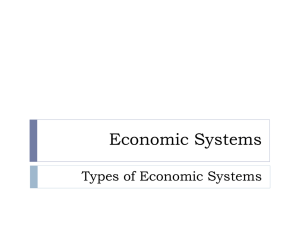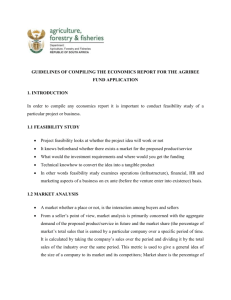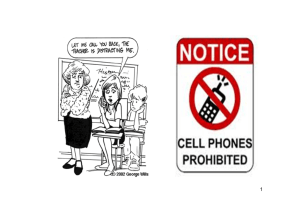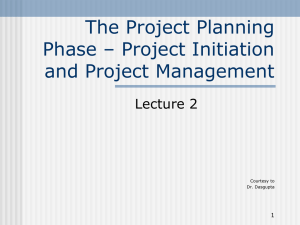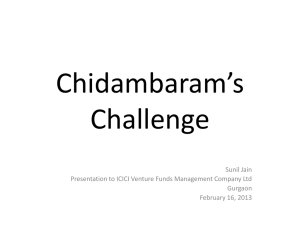File
advertisement
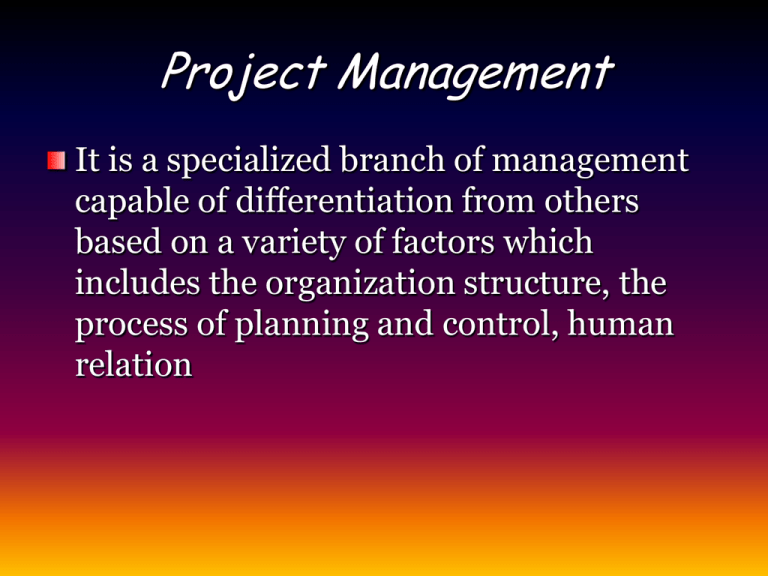
Project Management It is a specialized branch of management capable of differentiation from others based on a variety of factors which includes the organization structure, the process of planning and control, human relation References Project management- Harold Kerzner Project Management – Vasant Desai Quantatitive Techniques in ManagementN.D. Vohra Project Management – Prasanna Chandra Project Management – K Nagrajan Project is accomplished by performing a set of activities Character sticks of Project Objectives Life cycle Definite time limit Uniqueness Team work Complexity Sub-contracting Risk & Uncertainity Character sticks of Project Customer Specific nature Change Response to environment Forecasting Rational choice Principle of succession Optimality Control mechanism Multidisciplinary Conflicts Parts of Large Program Attributes of good Project manager Planning & organizational skills Personal Mgmt skills Communication skills Change orientation Ability to solve problems in totality High energy levels Ambition for achievement Ability to take suggestion Taxonomy of Projects Activity- industrial , non-industrial Location – national , international Project Completion Time – normal, crash Ownership – private sector, public, joint sector Size – small , medium , large Need – – – – – – – – New Project Balancing Project Expansion Project Modernization Project Replacement Project Diversification project Backward Integration project Forward Integration Project Government Regulator Major role in industrial development Individual entrepreneurs search for profitable ventures and function according to government framework Lays down industrial priorities for country development Adopts Industrial licensing policy to control new investments in such areas where growth has attained stauration Fiscal Policy – influence economic activity of country through the medium of budget. Govt presents details of public revenue and expenditure. Monetary policy – concerned with qty of money and its regulations. RBI regulates the volume of money and its main objective is to control inflation and deflation Other regulatory measures Industrial licensing Control over capital issues Control over foreign exchange Export promotion and import controls Control over monopolies and restrictive trade practices Control over pricing and distribution of commodities Search for Business Idea Concepts of Project Project Identification Project Formulation Project Analysis & Risks Project Planning Project Design & Network Analysis Project Report Project Appraisal Location of Enterprise Phases of a Project Mgmt Project Identification Performance of existing industries Availability of raw material Availability of skilled labor Import / export statistics Price trend Data from various sources Research laboratories Consumption abroad Plan outlays & govt. guidelines Analysis of economic and social trends Reviving sick units Project Formulation Pre Feasibility study Functional studies- mkt study , raw material , project location, plant size, equipment selection Feasibility study – Technical – Economic – Commercial – financial Detailed Project Analysis (DPR) Detailed Project Analysis (DPR) It is a report to formally communicate the project promoter’s decision of venturing a new project to financial institutions for their perusal and to government departments for getting their approvals – – – – – – – – – – – – General info Background and experience of project promoters Details of proposed project Schedule of implementation Project cost Means of financing project Working capital requirements Marketing and selling arrangements Profitability and cash flow estimates Mode of repayment of term loan Govt approvals Collateral security Feasibility Report Market Analysis – – – – – – – – – – Consumption trends in the past and present consumption level. Past and present supply position. Production possibilities and constraints. Imports and exports Structure of competition Cost structure Elasticity of demand Consumer behavior Distribution channels and marketing policies Administrative, technical and legal constraints Technical Analysis Preliminary tests and studies Availability of raw materials Selected scale of operation is optimal Production process chosen is suitable Machinery is appropriate Supplementary engineering work to be provided Proposed layout of site and bldg Work schedules to be realistically drawn Appropriate technology Financial Analysis Investment outlay and cost of project Means of financing Cost of capital Projected profitability Break even point Cash flows of the project Investment worthwhileness Projected financial position Level of risk Social Profitability Analysis (Economic Analysis) Economic cost and benefit of project Impact of project on distribution of income in society Impact of project on the level of savings and investment in the society Contribution towards self-sufficiency, employment and social order Ecological Analysis Environmental damage Restoration measures Criteria for selecting a particular Project ☀ Investment Size ☀ Location ☀ Technology ☀ Equipment ☀ Marketing Importance of Project Identification Economic Development Employment and Income generation Substantial Financial Outlays Basic Infrastructure and Environment Establishing the Project Initiating Planning Organizing Executing Directing and Controlling Skills required of a project Manager Leadership skills Team Building Skills Conflict Resolution Skills Technical skills Managerial skills Organizing Human Resource Project Control Cost Time Quality / technical performance Examples of control systems Work breakdown structure Bar chart Program progress chart Monthly status reports Earned value analysis Pert cost system PERT CPM networks Network Simulations


